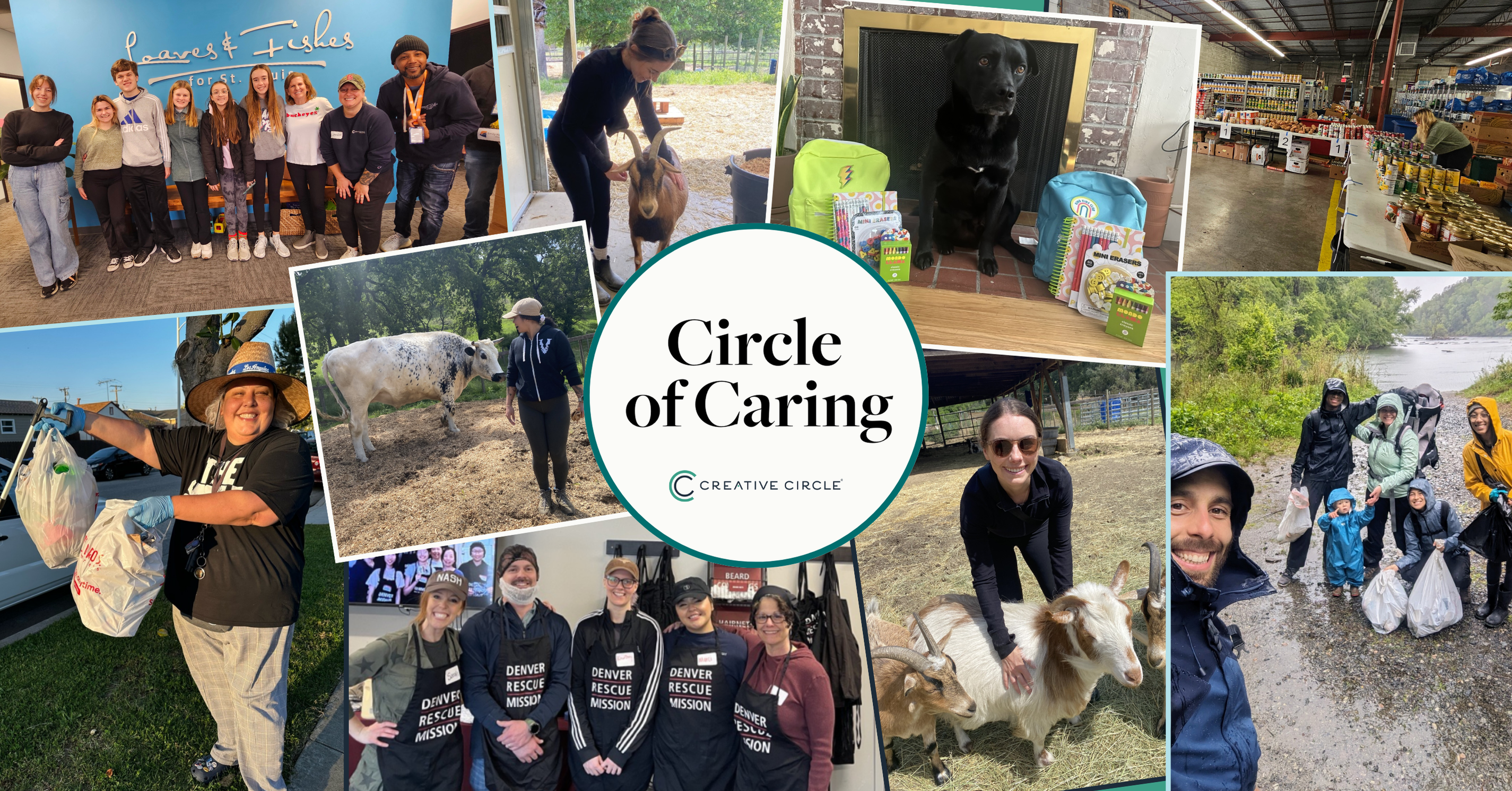It happens all the time. You’re waist deep in an exciting but stressful project, when it hits you: this is going to take way more time. Or this is going to take way more money. (Sometimes even ‘this is going to take a lot more alcohol’—haha totally kidding!) Whatever it is, you simply cannot hit the deadline or deliver your deliverables as originally planned. It happens, and it calls for a rescope.
Rescoping can be somewhere between annoying and stressful, but there are ways to make the process smoother and make sure all parties are satisfied — because who doesn’t love the wonderful feeling of completing a project? Like with many things, project management, scoping, and rescoping is all about keeping open communication, managing expectations, and being honest with your capacity.
Back To Square 1
Smooth rescoping comes down to smooth scoping initially. We obviously can’t go back in time, but it never hurts to revisit how we create scopes of work (SOW) to begin with. So let’s take a trip down memory lane and go over what exactly is in a SOW:
Objectives: What’s your goal? What are you accomplishing with this project? Why are you doing it in the first place?
Outcomes: Objectives and outcomes are intertwined. While the objective is a bit more tangible, it ends at the deadline, whereas outcomes extend beyond that. Will this grow readership? Will it increase audience engagement?
Stakeholders: Identify everyone who needs to be in the loop with this project.
Deliverables: What are the tangible items you are creating? How many? What do these items need to contain?
Timeline/Schedule: Timelines are all about defining progress. Yes they’re about start dates, deadlines, phases, and milestones, but creating deadlines is an opportunity to define what progress looks like to you and to check in with yourself about what you’re taking on.
Tasks: Time to get specific. What are the steps you have to take within each phase? What are the objectives of each step?
Budget/Estimates: What are the estimated costs? What is your compensation? Will you be paid by the milestone or all at the end? If you are being paid for a certain amount for a chunk of time, what is your hourly rate should you surpass that time?
Change Opportunities: The best way to rescope a project is to have the opportunity built into the project. This doesn’t mean you’re giving your client permission to completely change the deliverables or outcomes on a whim — at all. But it’s a safety net that allows you to deal with unexpected changes. Timelines are a great place to make room for rescoping. With every milestone, give yourself a chance to make sure you’re on track with a little wiggle room to pivot if necessary. You can also incorporate a change request process: if your client finds they need to make changes, create a specific plan for how that would work, including an approval process, and a way to track the changes.
Scopes of work are like any outlines whether it’s art or writing: the more specific the better. If you can add visual elements, you should. Remember, this is an agreement between you and your client, and you need to be on the same page at all times.
Now, onto rescoping.
Communicate!
Okay so you and your client have been on the same page, but you’ve run into an issue (ideally, at one of the change opportunity points you have created for occasions like this!). Identify the problem, and communicate that to all the parties involved as soon as you can. Sometimes you can fix an issue quickly, and sometimes it takes more effort but either way, letting your stakeholders know as soon as possible and maintaining open lines of communication is really important.
Reorganize.
Outline exactly how you’d like to address the problem and any ripple effects it may create in a realistic manner. Do you need a new timeline? Do you need a bigger budget? Do you need to bring in a subcontractor? Do you need different deliverables or even different milestones or benchmarks? Creating a solution will probably require even more detail than the original scope, so give yourself space to thinking of consequences, intended and unintended.
It’s also really important to be honest with yourself about the work and what you’re able to do. Be realistic with your plan. Timeliness will always be crucial, and certain projects will push us, but creating timelines or tasks you cannot follow through on will only make things worse and more frustrating.
Communicate again!
That’s right. Even if time is really tight, it’s best to make sure all parties involved agree and approve the changes or the new plan. And while on certain projects the client may trust you to do what you gotta do, in general, try not to go rogue and make decisions on your own.
I know I spent the last few hundred words talking about how important openness and communication are, but at the same time, you still want to make sure you have clear boundaries for yourself. At the end of the day, your time belongs to you, and a client calling you when you’re not on the clock is not cool!
Do the thing.
It’s time to put the new plan into action with the updated changes. And it will go well because you’re good at your job and are also good at communicating!
As you probably know, the only constant thing about life is change, and that goes for everything, especially work. Things don’t always go according to plan (in fact, sometimes it seems rare when they do), so when they don’t go right when you’re waist deep in a project, just remember it’s all about being prepared, keeping in touch and communicating, and being honest.
About the author.
Sam Mani writes about work, creativity, wellness, and equity — when she’s not cooking, binging television, or annoying her cat.




